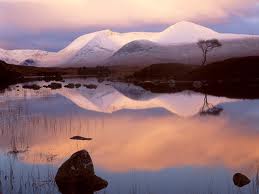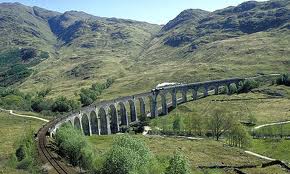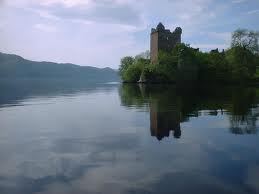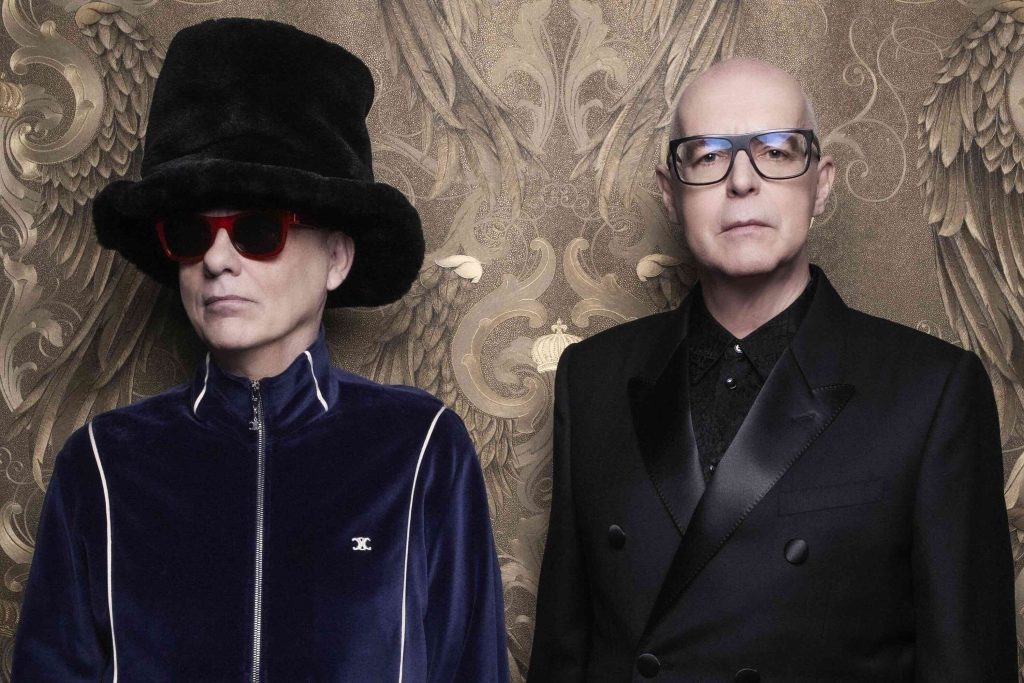
The taxi driver on the journey from Inverness train station to our hotel just outside the Scottish town was obviously a measured and reflective type. Instead of an AA roadmap, a well-thumbed copy of the collected works of Shakespeare lay in his open glove compartment. The composure and calm of the man indicated that not all Highlanders are fuelled by distilled whiskey, or driven by a need to talk about heather, heritage, and Hogmanay. That was the first thing we learned about this part of Scotland – that the stunningly remote and beautiful wilderness of the countryside has a profound effect on the temperament of the individual. Like rural Ireland, only seemingly never ending, the pace of life in the Highlands – arguably the last great wilderness in Europe, and preserver of a way of life that is waning in the rest of Scotland – is slow, assured, and never less than welcoming.
We had traveled from Dublin on an Aer Lingus flight to Edinburgh, one of the numerous travel routes to choose from. From Edinburgh, we boarded a train to Inverness, a three hour journey that some might think would take away from a weekend’s usually tight itinerary, but which actually enhanced it.

The Highland Line (as this particular rail route is called) travels through the heart of Scotland, and is itself worthy of mention if only for the sequence of breathtaking vistas that pass by. We race through Stirling – now slightly more famous as the land of Braveheart’s William Wallace – and wind our way past Gleneagles and Perth towards the model town of Pitlochry. It arrives into view amidst a backdrop of fairy tale snow-capped mountains, a grey-bricked Lego town of such perfect proportions that an architect would surely smile in admiration. From Pitlochry the next sights to behold are Aviemore and Carrbridge, awesome mountainous regions covered in snow that come into their own during the winter months as ski resorts. And from there to Inverness…
Because we were spending just two days in the Highlands, we decided to adopt a strict tourist attitude in what we would do and where we would go. Hence, no time spent indoors at the cinema or theatre (both of which Inverness has several), and absolutely no lazing in bed until the hotel staff started knocking on the door. This was an up-and-at-’em weekend, breakfast at 8am, and in the car by 9am. As it turned out, we still didn’t have enough time, but you can blame the scenery for that.
First sightseeing trip? Where else but the 24-mile long Loch Ness, arguably the most famous lake in the world, and one which contains the greatest volume of fresh water in the British Isles. Loch Ness lies within the Great Glen of Scotland, a 300 million year old fault line ripped across the ancient Caledonian mountain chain. Today it holds the main Inverness-Fort William road as well as a necklace of lochs connected to form the Caledonian Canal.

Taking the main road to the north of Loch Ness, there are two exhibitions in Drumnadrochit exploring the mysterious if somewhat hyped theme of the Loch Ness Monster. The best one is at the Official Loch Ness Monster Exhibition site, a forty-minute audio-visual display that features much of the equipment used in the attempts to find Nessie. Alternately, the road down the south side of Loch Ness offers numerous forest walks, a waterfall at Foyers, plus awe-inspiring views over Loch Ness itself from Suidhe Chumein, a barren peak that mirrors certain aspects of Kerry for scenery, but not for its intense loneliness. Both routes converge at Fort Augustus, from where there is a superb view up the entire length of Loch Ness. The total journey around the loch covers about 70 miles through some of the most spectacular scenery the Highlands has to offer, and by traveling anti-clockwise the motorist always has the finest views in sight.
The next day we visited the Cairns of Clava, and Culloden battlefield, a bleak moor which in 1746 saw the hopes of the young Prince Charles Edward Stuart crushed as his forces were outnumbered and overcome by those of the Duke of Cumberland, thereby ending the Jacobite Rising. But, ironically, here is the tourist rub – this chilly visitor centre, along with the recently opened Highland Mysteryworld at Ballachulish, near Fort William, and other heritage infotainment sites in the area, has come under fire from certain quarters of the Scottish media as being unbalanced evocations of Scottish history.
Sociologist David McCrone, author of Scotland The Brand, argues that certain episodes from history are being deliberately chosen and redefined because they represent shorthand ideas that can be used to sell Scotland as a tourist commodity. Maybe and maybe not, but there seemed to be no abject distortion of the truth in any of the heritage centres we visited, just a slight rejigging. Historical purists might look upon these centres with disdain, but for the weekend tourist, eager to engage in a spot of snapshot information, these centres provide necessary respite from hard, occasionally time consuming fact.
We returned to Edinburgh Airport from Inverness via another taxi ride, hailed just outside Edinburgh’s Waverly Station. The driver wasn’t exactly a Shakespeare fan, but quite a Scottish tough nut, full of unfunny jokes and guttural wisecracks. The primal, fearsome beauty of the Scottish Highlands seemed a world away. In truth, we long for it still.



